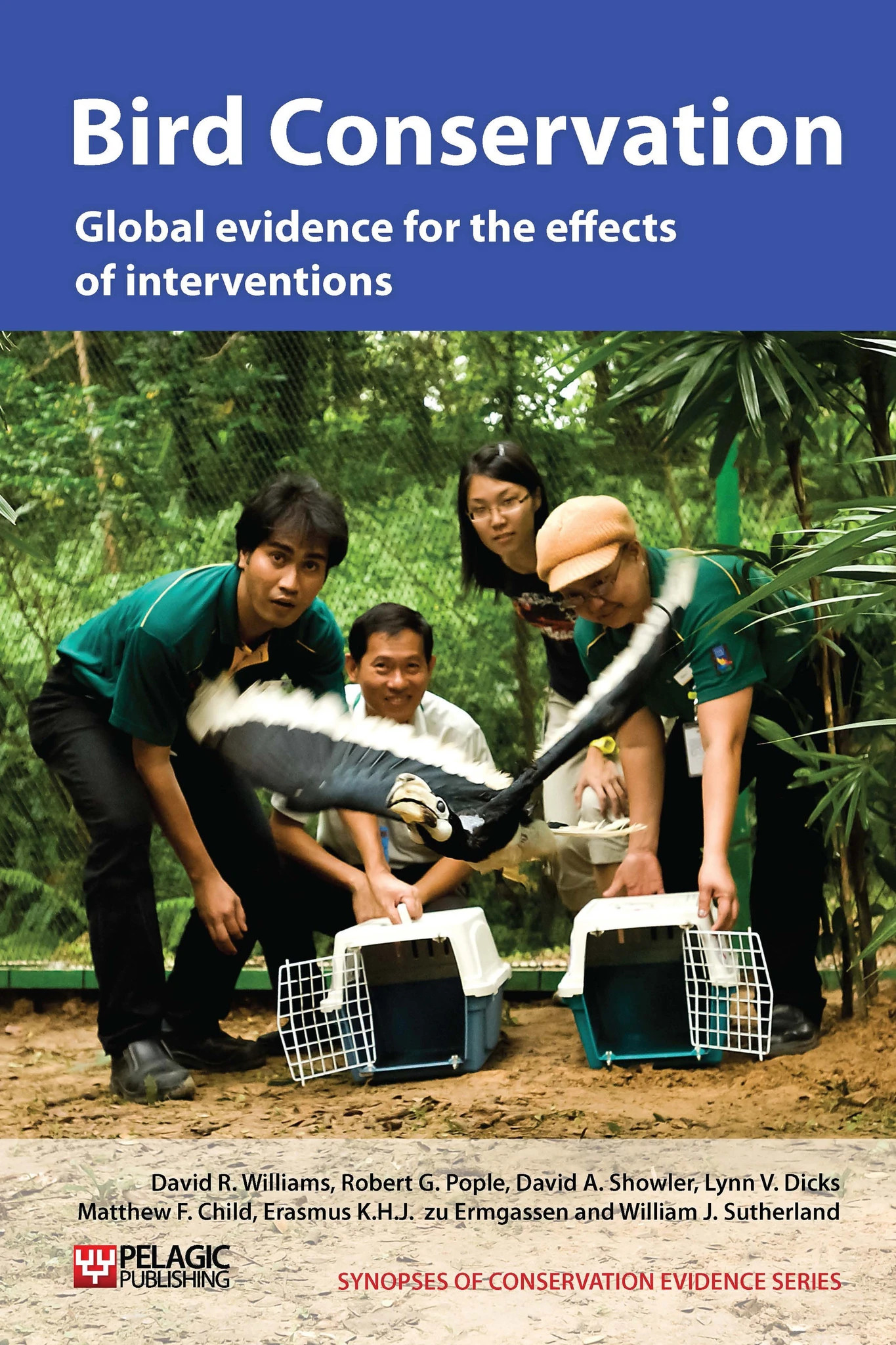Protect nests from livestock to reduce trampling
-
Overall effectiveness category Unlikely to be beneficial
-
Number of studies: 2
View assessment score
Hide assessment score
How is the evidence assessed?
-
Effectiveness
56% -
Certainty
19% -
Harms
0%
Study locations
Supporting evidence from individual studies
A study in the Chatham Islands from 1999 to 2005 (Moore 2005) found that the number of Chatham Island oystercatcher Haematopus chathamensis pairs in a 14 km stretch of coastal land increased from 16 to 35 within six years, following several interventions including erecting 10 x 10 m enclosures of 1 m high electric fencing around individual nests to reduce disturbance and trampling by livestock. Other interventions used are discussed in the relevant sections.
Study and other actions testedA replicated, controlled study between 1999 and 2004 on pastures in southwest Sweden (Pauliny et al. 2008) found that none of 77 southern dunlin Calidris alpina schinzii nests protected with cages were trampled by cattle, whereas 31 of 291 unprotected nests (11%) failed because of grazing livestock. Cages were 20 cm high truncated cones with 7.5 cm gaps between vertical bars and 4 x 4 cm steel mesh covering the top. The effect of cages on predation of nests and adults is discussed in ‘Threat: Invasive alien and other problematic species”.
Study and other actions tested
Where has this evidence come from?
List of journals searched by synopsis
All the journals searched for all synopses
This Action forms part of the Action Synopsis:
Bird Conservation
Bird Conservation - Published 2013
Bird Synopsis





)_2023.JPG)














